
Facility, Mobile Churches, Portability, Portable Church Systems
Deciding between a portable or permanent solution for your church facility? If so, there are a few myths that we know to be false. Check out our infographic to discover the truth about portable churches that meet in rented facilities.


Church Launch, Church Planting, Portable Church Systems
A record number of new churches are launching across North America. Most will initially choose to meet in a rented facility — often a school, movie theater or community center.
While church is never only about the building, renting a space that works with your vision for the new church or campus is very important. Having helped thousands of churches launch strong and thrive in rented spaces over the past 20 years, our company has determined five “must-haves” when it comes to selecting your portable site.
#1: A welcoming atmosphere
The connections new visitors make with existing members is ultimately what will help them grow into fruitful members of your church community. Surveys show that most visitors make up their mind to return within their first seven minutes on your campus. As such, the tone of your environment and volunteers is critical.
Many venues (a school with cinderblock walls, for example) might not provide a welcoming atmosphere on their own. Fortunately, it’s easy to turn this type of venue into the welcoming environment you want using extra treatments and equipment.
Even so, money can’t buy hospitality — that requires warm, welcoming people out front where visitors arrive. Additionally, setting up a café in the venue’s lobby or courtyard offers them something special.
And, while it’s critical to use signage to ensure all areas are easy to find, it’s equally important to strategically position people to answers visitors’ questions.
#2: A great A/V experience
Thinking about all the technology needed to run a church service on Sunday morning can be daunting — especially in a rented venue. You will need a custom combination of:
- Speakers with the right coverage patterns and dispersion
- Projectors sized right, based on screen size and lighting control
- Correct-size screens viewable from anywhere in the room
- Wireless microphones that won’t encounter drop-outs due to competing frequencies in your region
- Wires to connect everything.
You must also be able to easily transport and set up all this technology each week.

#3: A safe, fun children’s area
Church leaders know better than anyone the importance of a safe, secure (and fun!) children’s area. Parents want to know their little ones are in good hands. In a portable church environment, achieving this type of space requires a little extra effort.
If your church meets in a movie theater, the kids’ space could be in the lobby, the hallway or even a party room. If your church meets in a school, the gymnasium can be divided up for different age groups. (Just make sure it’s air-conditioned!)
Dingy walls or inappropriate posters can be covered up using “scuba walls” or something similar. Simple tools can completely transform a space into a clean, bright, fun environment.

#4: Parking and easy access
On average, you’ll want to allow for 1.7 adults per car. What is your visitor estimate? Will you have enough onsite parking?
If not, consider renting parking spaces. Ask a nearby building or business if your church can use its parking accommodations on Sunday mornings. If your church is meeting in the city, consider renting out space in a parking garage, or at least negotiating for a discounted rate for your visitors.
#5: Clear signage
Direct, informative signs should not only get people where they need to be, but also create a great first impression. In rented facilities, this can be a challenge; often, you’re competing with permanent signage. So, your church signs need to stand out.
To this end, a basic rule of thumb is to always have a sign in view. When a visitor is standing at one of your signs, there should be at least one other sign in view. It will be a more enjoyable experience if the visitor is quickly and easily able to find exactly where he or she needs to go.
Finding a site where you can launch your portable church is challenging — and involved. Keeping these five tenets in mind will aid your selection process and go a long way toward launching strong.

Facility, Mobile Churches
Launching a new church or church campus this year? We know that finding the right facility is one of the biggest challenges you’ll face. Choosing to have church in a rented space, rather than build a permanent building, allows churches to engage with the community in a recognizable building and begin church in a space that can be leveraged differently as growth occurs.
But, what makes a good rental location for a church? Will it be welcoming for visitors? Can we have a thriving children’s ministry? What is included and what do I need to purchase? Will my volunteers be able to set up in that location well?
These questions and many more are covered in our FREE eBook, “Choosing the Right Facility for Your Portable Church.” Download it today by filling out the form below!

Mobile Churches, Multisite, Multisite: Video Venue, Portable Church Systems
In 2015, Trader’s Point Christian Church in Whitestown, Indiana, northwest of Indianapolis, partnered with Portable Church© Industries (PCI) when they made the decision to open a satellite campus instead of increasing the size of their first campus.
Brent Whetstine, production manager for Trader’s Point Christian Church, explained how the congregation decided on going multisite. “Opening a satellite campus in another location where a pocket of your congregation is currently commuting from just makes sense.”
Trader’s Point chose to open their satellite campus ten miles away from the main campus, in Carmel, utilizing Creekside Middle School as its Sunday morning meeting venue.
Effective churches experience growth, and that growth brings the blessing of challenges as well.
“You eventually run out of space, and the church gets so big it can be intimidating. You can only grow so large.”

With access only on Sunday mornings, many things need to be brought in each week for children’s and youth ministry spaces, not to mention all the audio, media and lighting support for the service itself. Trader’s Point turned to PCI for help in making this new campus a reality.
“Everything you need to conduct your worship service and associated ministries is packaged in a way that’s easy to set up for volunteers. It was a good value as well. It didn’t make sense for us to try and re-invent the portable church concept on our own. Everything we need for all ministries is configured to fit into four trailers.”
Signage and way-finding materials were created that both direct people to where they need to be as well as match the church’s existing branding via logos and color choices. “This really helps make the Carmel campus feel like ‘us’.”

PCI consultants met with the church early in the process to determine needs, and suggest material and equipment options. For Whetstine and his team, PCI took on the bulk of the concepts and implementation. “Outside of a few equipment decisions, I really didn’t need to be involved much. They already had scalable solutions that would work for us.”
For Trader’s Point, a D&B line array system with an Allen & Heath Qu-32 digital mixer was selected for front-of-house audio, a 21-foot screen with Barco projectors to provide media support and a large canvas for the “virtual pastor” teaching portion of the service – to stream live in HD from the Whitestown campus. Forty feet of truss was set up on stage, pre-configured with moving lights and LED washes, to be operated from front-of-house via a Jands Vista lighting controller.

All systems were wired into self-contained rolling racks. Lighting was pre-hung on the truss, to be merely rolled in and flown into position. Cable interconnections were designed to be minimal for fast setup.
Whetstine and a team of volunteers were then trained by PCI staff.
“It only takes eight volunteers to unload the tech trailer and have everything ready to go in about 45 minutes. PCI was there with us for that first weekend, and by the end of that weekend our volunteers walked away trained on how to do the setup and teardown. I didn’t need to do that training myself, which was awesome.”
Part of PCI’s objective with providing custom solutions is to help churches save on time and on funds.
“I realize as production director, I’m spending someone else’s offering. The idea of stewardship is a big deal to me. The Portable Church Industries solution helped us get the best equipment for both our budget and the volunteer’s capabilities.”

Church Launch, Church Planting, Facility
It’s important to ask the right questions when facing a big decision. That’s why we have put together these eighteen common questions that are asked by church planters and multisite campus pastors when a facility is being considered. We hope this infographic will help you on your journey to find an amazing place that everyone will love for a long time.
For more information on choosing a facility for your portable church, download our free ebook, Choosing The Right Facility For Your Portable Church.


Facility, Movie Theater Church, PCI Church Plants, Portability, Portable Church Systems
We love helping churches get set up in movie theaters. They offer amazing benefits for sound and lighting, children’s areas and ministering to the community. We’ve posted before about the solutions we found for Valley Christian Church in Poughkeepsie, New York when they launched in a movie theater.
That’s why we are delighted to share “23 Lessons from 12 Thriving Movie Theater Churches,” an inspiring article by Rich Birch that outlines several great reasons to move into your local movie theater. He also gives sound advice for making the most of your spot in a public-facing venue and shares photos of twelve churches that meet to worship in a theater. Below are a few of his excellent lessons and tips.
“Typically, movie theaters are the anchor of a larger development in the center of a community. When people describe where your church meets, the people they invite will know where it is…”
“Take a look through scripture and it seems like God’s preference is to reach people in the marketplace rather than in holy places… By meeting ‘in the marketplace,’ you put your church in the midst of where people go about their daily lives. You’re taking the mission to the people rather than asking people to come to you!”
“The needs of a growing church often shift and develop over time. Renting from a movie theater gives you the opportunity to grow into what you need.”
“Renting movie theaters for your church is surprisingly inexpensive when compared to schools, hotels or other options. In fact, many church leaders who rent movie theaters feel like it’s the best-kept facility secret … they feel like they are getting away with something!”
Read Rich’s post “23 Lessons from 12 Thriving Movie Theater Churches” now.

Multisite, Multisite Resources
An increasing number of churches are going the multisite way. In fact, the last 15 years have seen close to 8,000 multisite churches spring up across the United States. That’s not all, an impressive 85% of multisite churches continue to thrive even past their fifth year.
If you’re looking to launch multiple campuses or seeking inspiration for your current multisite church, you’ve come to the right place. We’ve put together a list of five key things that successful multisite churches are doing exceptionally well. Let’s take a look:
1.Focusing more on outreach:
While a growing congregation can trigger the launch of a new campus, it is the desire to reach the unreached that drives successful multisites. In fact, as Jim Tomberlin says, “Church leaders are focusing less on church growth and more on serving their local communities through multiple campuses.”
That is why The Meeting House in Toronto has spread itself across 18 locations so that it can invite “people who aren’t into church.” What’s more, this church has gone a step further to welcome the unchurched by using unconventional spaces, including a movie theater and a school, as its houses of worship.
2. Making the most of technology:
Technology is a useful asset for any 21st-century church. Multisite churches, in particular, are increasingly leveraging technology to create an immersive experience for congregations across all campuses. One way in which leading multisite churches are doing this is by using the same technology and equipment models in all their sites. This makes troubleshooting and substituting for tech and production teams much easier.
That is why Portable Church Industries designed the control center for Faithbridge Church’s new site to mimic the equipment in their main facility. In fact, this approach enabled the church to seamlessly livestream the service from the main campus to the new site.
3. Using spaces creatively for ministries:
While a multisite campus shares the vision of the parent church, it also has its own unique footprint. In fact, a multisite model gives churches the freedom to experiment with a range of ideas to suit the needs of their different campuses.
The Red Rocks Church, for example, decided to revamp and use seven unusual venues, including a “creepy” theme park, a run-down theater, a prison and a high school. Each of these sites was designed to suit the different congregations as well as retain the vision of the parent church.
4. Empowering volunteers:
While effective leadership is key to the success of any church, good volunteers are essential for its smooth functioning. However, engaging volunteers effectively remains a challenge for many churches. Well, multisite campuses seem to have hit a home run in this regard, with 88% of multisites seeing an increase in lay participation.
For example, Church of the Highlands in Birmingham, AL, chose to launch its campuses in portable venues in a bid to maximize care for its volunteers. By looking at portability as an opportunity, this church has mobilized a large team of volunteers who are excited about serving together and ministering to each other – as a community!
5. Going portable:
The landscape of churches is changing drastically! An increasing number of churches are abandoning the concept of a permanent church building and choosing portable venues as their homes. In fact, 52% of multisite campuses launch in rented spaces. After all, setting up in portable venues is not only easy on the wallet, but also a great way to open doors to the unchurched.
In the words of Carey Nieuwhof, going portable is the future of churches. Therefore, it’s no surprise that Carey’s church, Connexus Community Church, has continued with the portable model in different locations despite having a permanent building.
If you’re looking to plant a new campus, we can help you launch smoothly! Our experts at Portable Church have helped many multisite churches successfully launch in all kinds of portable locations.
Here’s the best part – we take the load off your shoulders and handle the entire transition process. So, right from the consultation and finding the right venue to providing equipment and training volunteers – we’ve got you covered!
So, give us a call today at 800.939.7722 and we’ll help you launch strong!
Wait, there’s more! We also have an amazing FREE resource that will surely help you in this journey. The 7 Lessons From Multisite Church Leaders Micro-Course features short video interviews with experienced multisite church leaders. Get this awesome FREE resource today!

Pastor Interview
We recently took a survey of portable church pastors around the country to find out what was ONE THING they would do differently if they were to start over again, and what was ONE THING they did well when planting their church. Today, we want to introduce you to Brad Schroer of Community Christian Gilroy. Enjoy!
 Community Christian Gilroy | Gilroy, CA
Community Christian Gilroy | Gilroy, CA
Website | Facebook | Twitter | Instagram
Community Christian Gilroy has been open since February 2015 as a campus of Community Christian. The transplanted 20 people from their Morgan Hill campus. They have been averaging 70 people and are prepared to grow this fall. They meet in an elementary school and have the best people in the world!
Given the experiences and knowledge you have now as a church planter/pastor, what is the ONE THING you would do differently if you were starting over again?
I would change the pace of how I tried to engage in the relationships. I came on really strong, I really wanted people to know that this was going to be a good place. Had I focused more on quality, I believe it would have paid off. One of our most significant team members DID come from this approach, so I totally believe that I would still do a lot of one on one meetings. But because of this pace, message prep and quality took too much of a back seat. (With that, we had a lot of pastors filling the pulpit to give me more free time…this too felt to work against my ability to deliver consistent, quality services, even though those pastors were much better preachers than I was.)
What was ONE THING you did well when planting your church that you would highly suggest to other planters?
I did my best to keep a level head about attendance fluctuations. When it comes to the reactions that I could have had (pressing volunteers too hard, preaching outside of my style, pressuring worship to bring energy) I feel like I was able to draw on past experience to know that these things take time. I was often right on the edge of freaking out…but was able to manage that in an effective way. Some well timed encouragement and wise comments went a long way in contributing to that. Thanks God!
 Brad Schroer
Brad Schroer
Facebook | Twitter
Brad is thirty-four years old and is married to a seriously amazing woman named Cori. Together, they have two bright, young boys. Brad graduated from William Jessup University in December of 2005 with a BS in Bible/Theology and a BS Pastoral Ministry. He was super blessed to be able to intern at his home church beginning in 2002, and was then hired by them in January of 2006 as a pastor. Most of his ministry history is in a small/medium church as the associate pastor. He began working on his plant in early in 2014 with a church that has an incredible passion for understanding and executing church planting, but they are definitely on the front end of the learning curve of experience.

Pastor Interview
We recently took a survey of portable church pastors around the country to find out what was ONE THING they would do differently if they were to start over again, and what was ONE THING they did well when planting their church. Today, we want to introduce you to Jordan Rice of Renaissance Christian Church. Enjoy!
 Renaissance Christian Church | Harlem, NY
Renaissance Christian Church | Harlem, NY
Website | Facebook | Twitter | Instagram
Renaissance Christian Church is a diverse, gospel-centered church in Harlem.
Given the experiences and knowledge you have now as a church planter/pastor, what is the ONE THING you would do differently if you were starting over again?
I’d be more explicit about what I believe about what I want from people. People want to give more than I asked them to give.
What was ONE THING you did well when planting your church that you would highly suggest to other planters?
I celebrated what I wanted to see happen more often. Instead of asking people to invite friends, I would say “Y’all are the best for inviting people so much!”
 Jordan Rice
Jordan Rice
Facebook | Twitter | Instagram
Jordan is a Knicks fan, a lawyer by trade, and a church planter by calling. He is married to Jessica, and is “Daddy” to Jameson.

Pastor Interview
We recently took a survey of portable church pastors around the country to find out what was ONE THING they would do differently if they were to start over again, and what was ONE THING they did well when planting their church. Today, we want to introduce you to Ben Mandrell of Storyline Fellowship. Enjoy!
Storyline Fellowship | Colorado
Website | Facebook | Twitter | Instagram
Storyline Fellowship is a church plant located in the northwest suburbs of Denver. The church currently rents space at Ralston Valley High School and holds two services on Sunday morning, 9:00 and 10:45. The church was founded on four core values: intentional bible training, authentic community, teamwork, and relational evangelism.
Given the experiences and knowledge you have now as a church planter/pastor, what is the ONE THING you would do differently if you were starting over again?
One thing I would do differently is related to staff organization. Rather than assign specific titles to team members, I would have an “all-hands-on-deck” mentality and avoid these designations. Why? Because I think it takes time on the church planting field to see where native genius and spiritual gifts truly lie. It’s much harder to restructure once the org chart cement dries, and morale suffers along the way.
What was ONE THING you did well when planting your church that you would highly suggest to other planters?
I believe I put first things first and avoided information overload. At the start, everybody wants to offer their opinion on what you should be doing. I intentionally withdrew when information overload transpired. I got alone and made a list of the next three actions that would move the ball down the field. Getting too far ahead in one’s mind is paralyzing and I’ve seen many guys draft lofty philosophical statements when they should be planning the block party.
Ben Mandrell

Facebook | Twitter | Instagram
Ben Mandrell is a church planter in Denver, CO. His church, Storyline Fellowship, launched in Feb. 2015 and currently averages 600 on Sunday gatherings. Ben’s passions include team building, studying theology, and casting vision. Ben’s secret weapon on Earth is his wife, Lynley, who is a master jedi in organization and efficiency. They have four kids and an unintelligent dog.
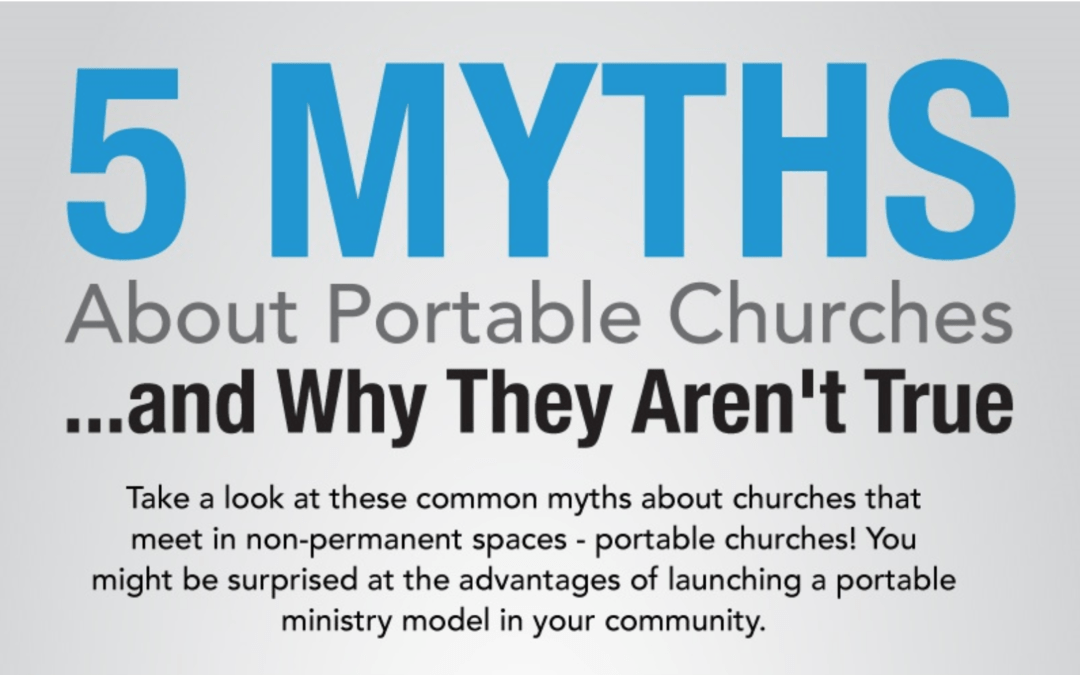

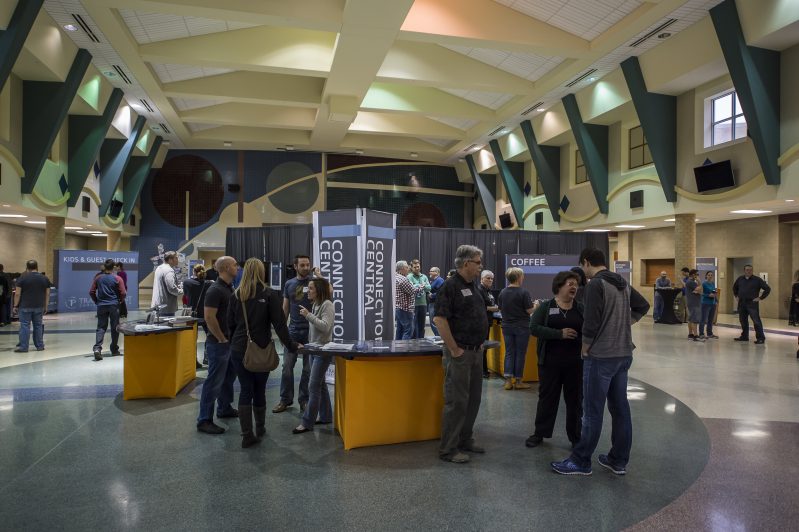
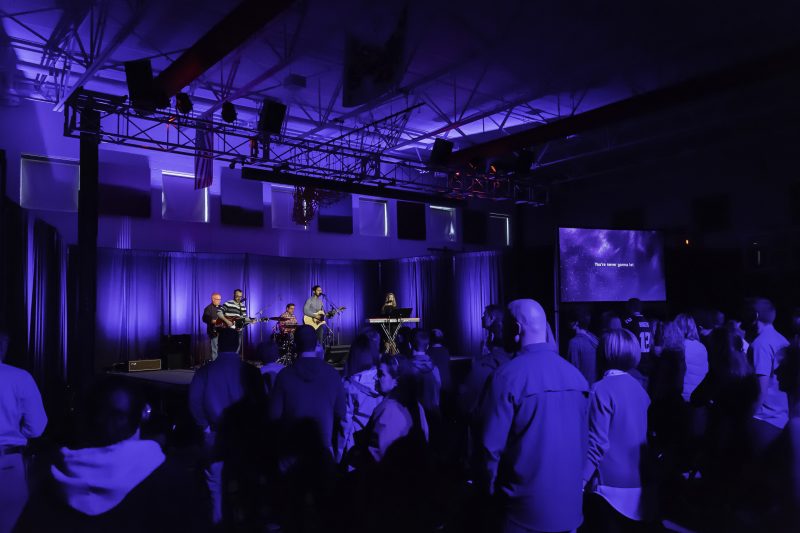
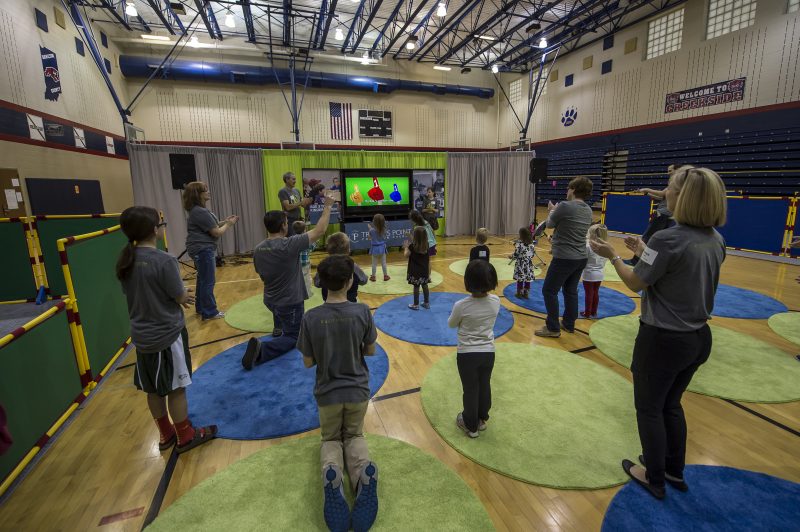
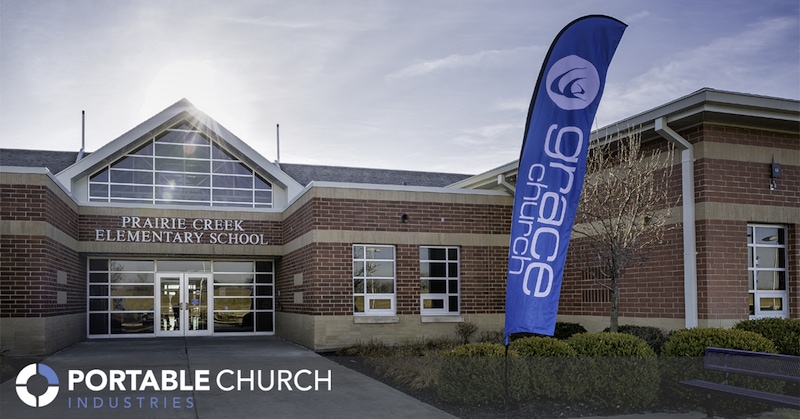
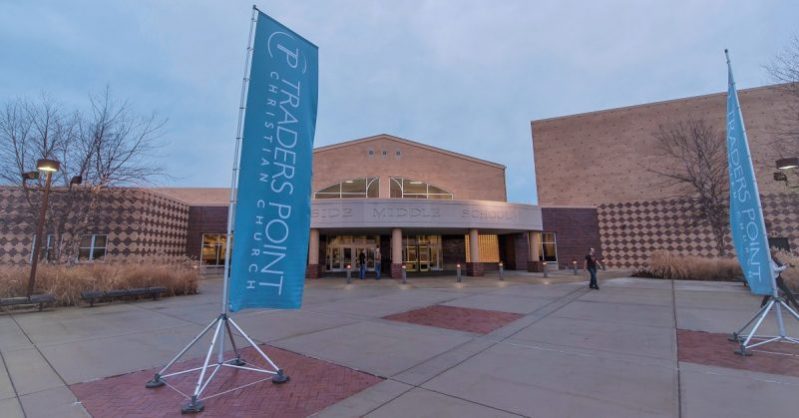
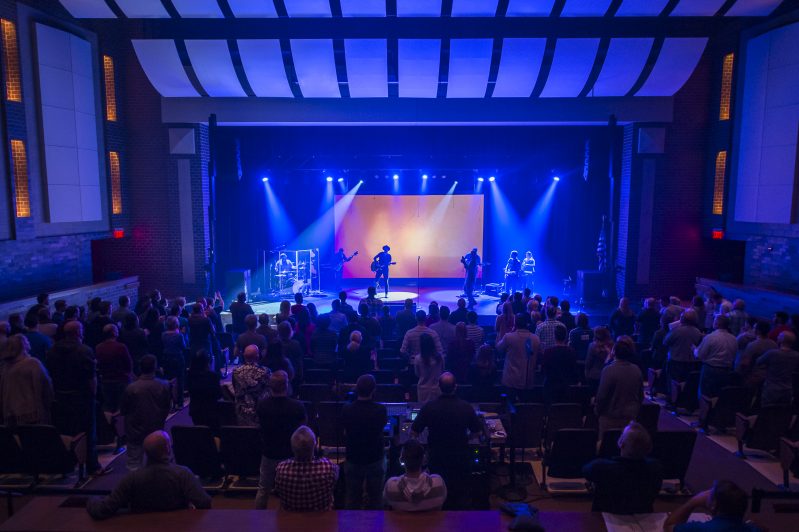
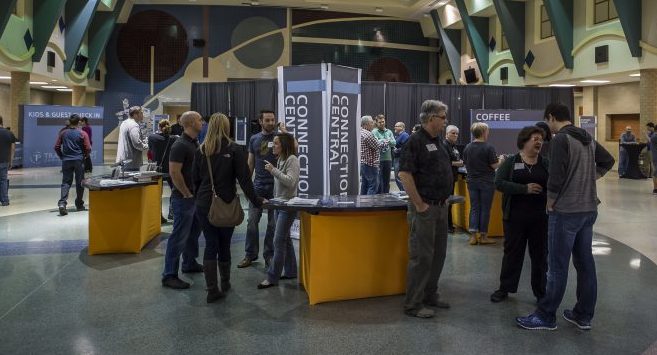
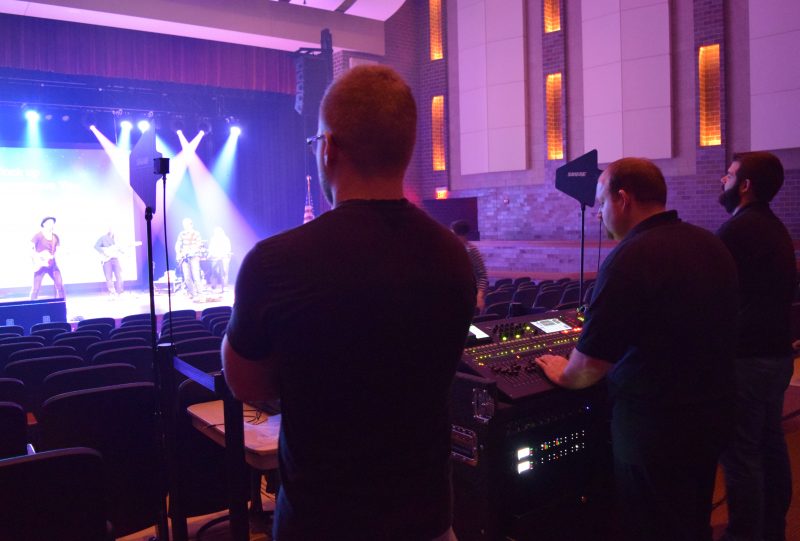
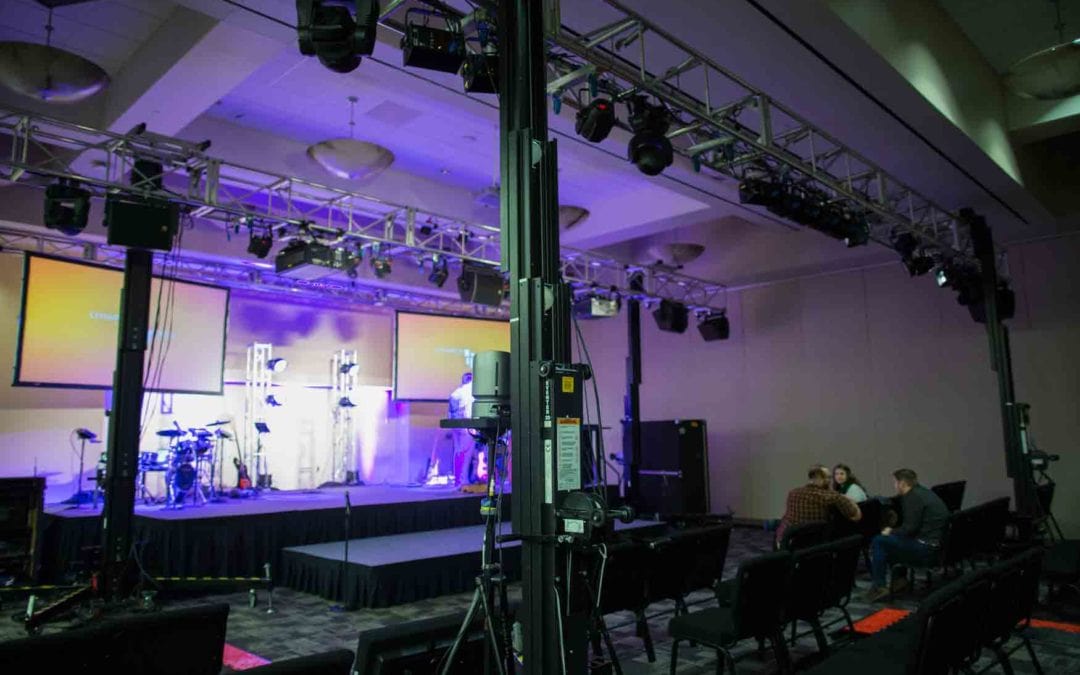

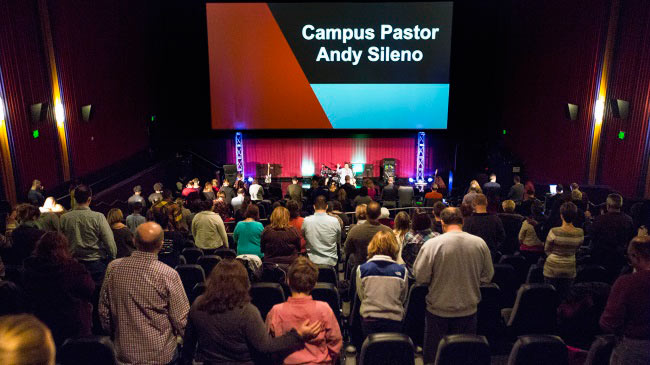
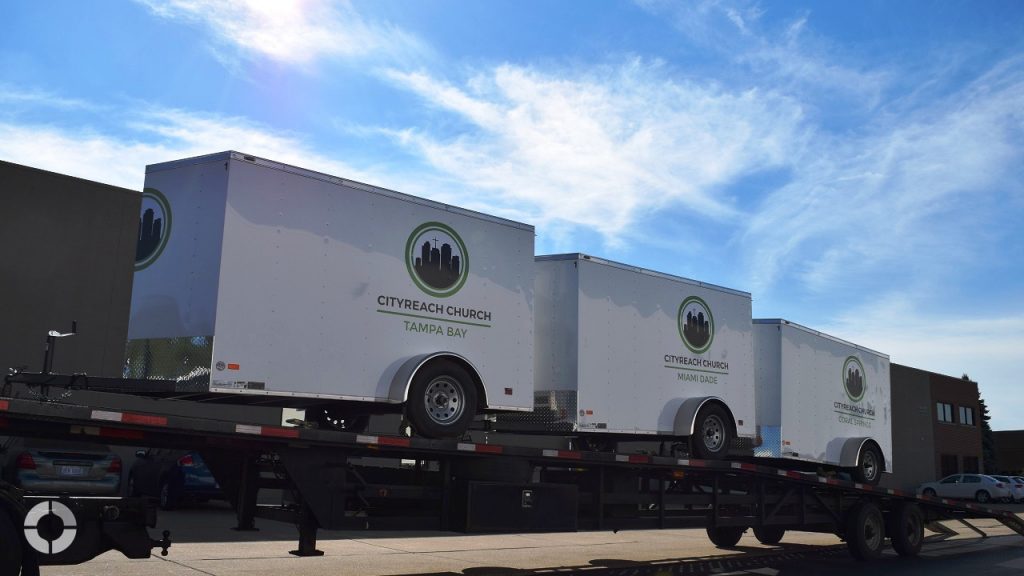
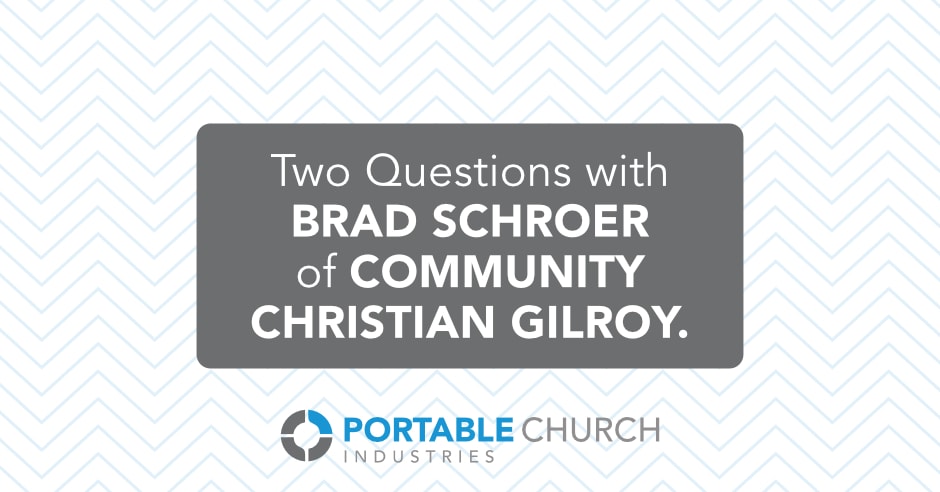
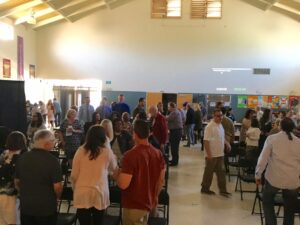 Community Christian Gilroy | Gilroy, CA
Community Christian Gilroy | Gilroy, CA Brad Schroer
Brad Schroer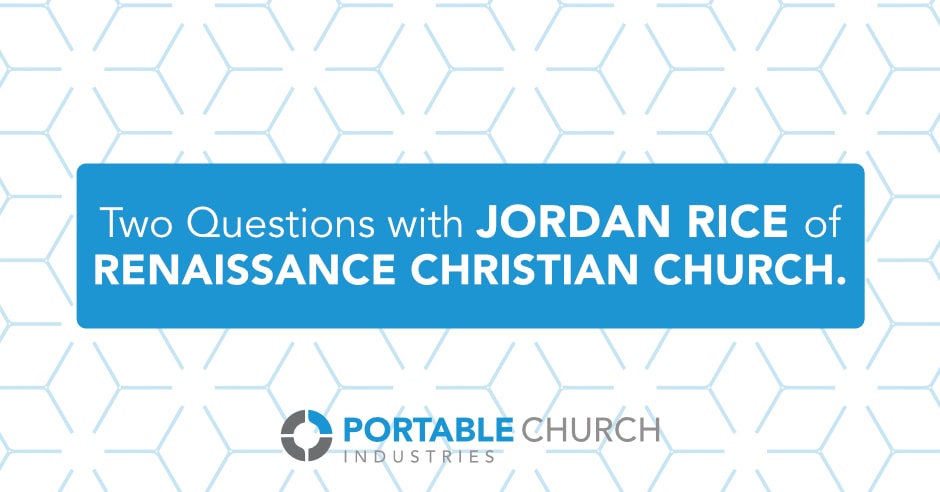
 Renaissance Christian Church | Harlem, NY
Renaissance Christian Church | Harlem, NY Jordan Rice
Jordan Rice

































































